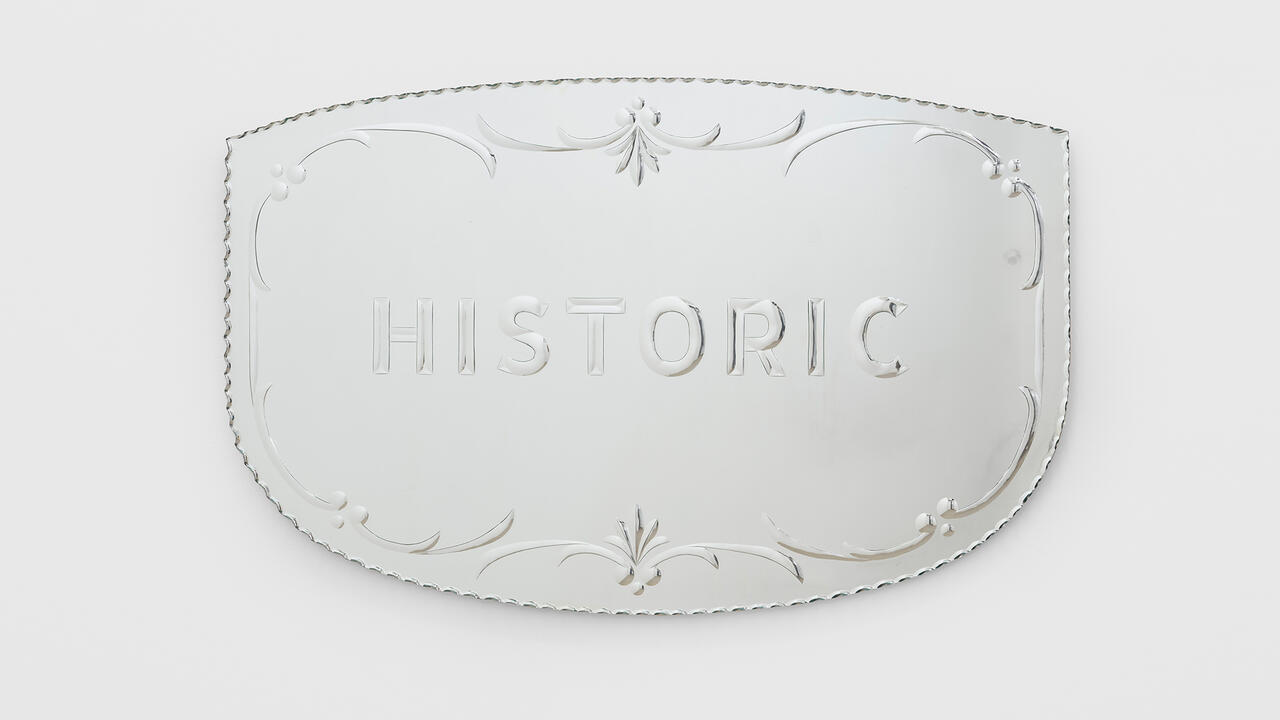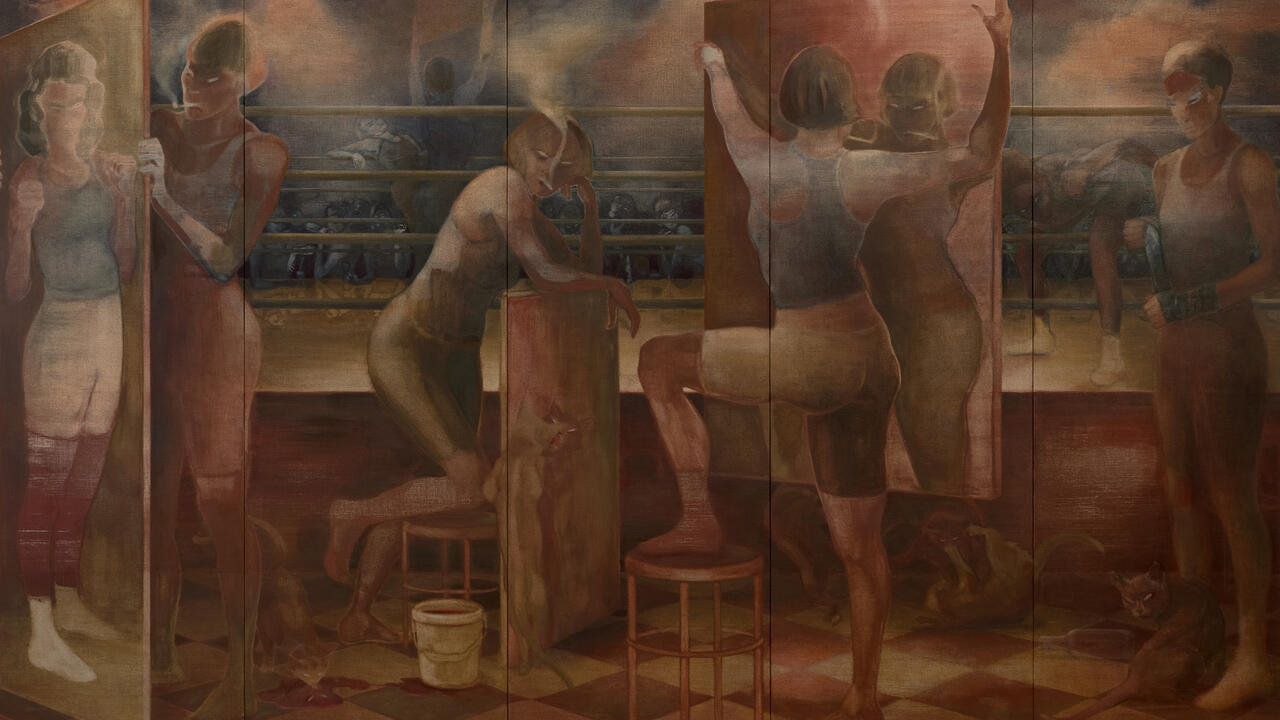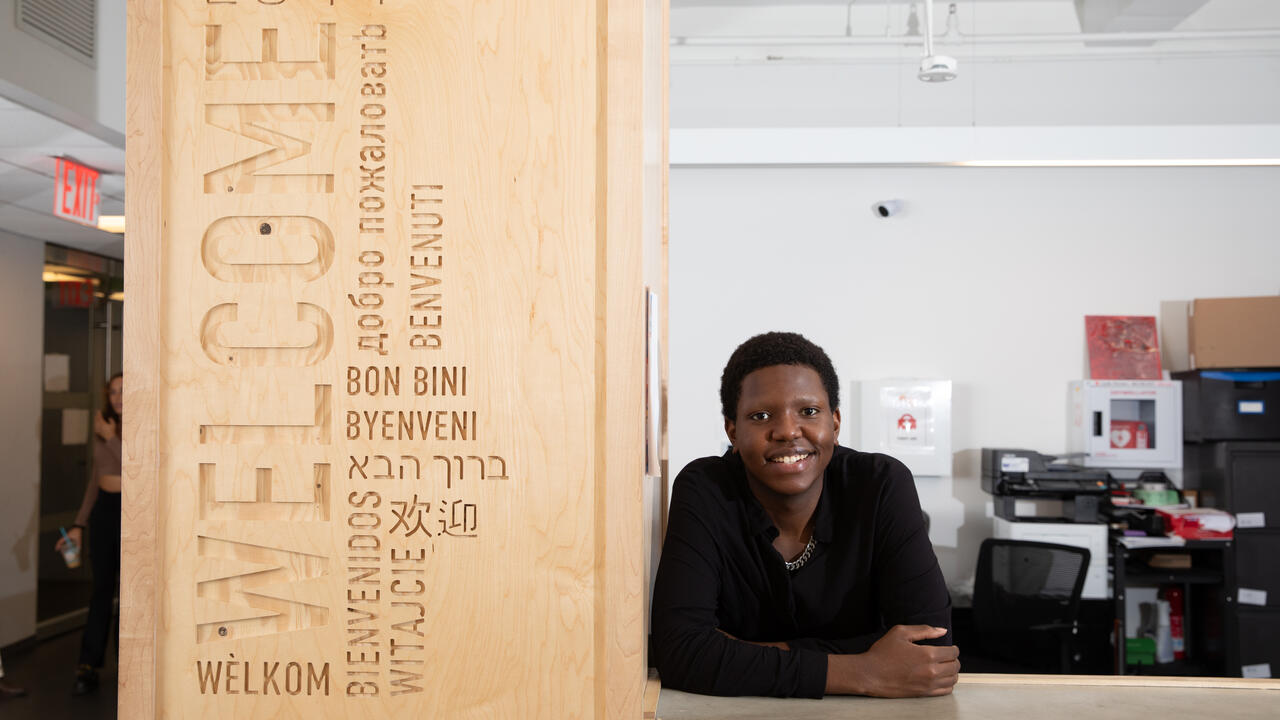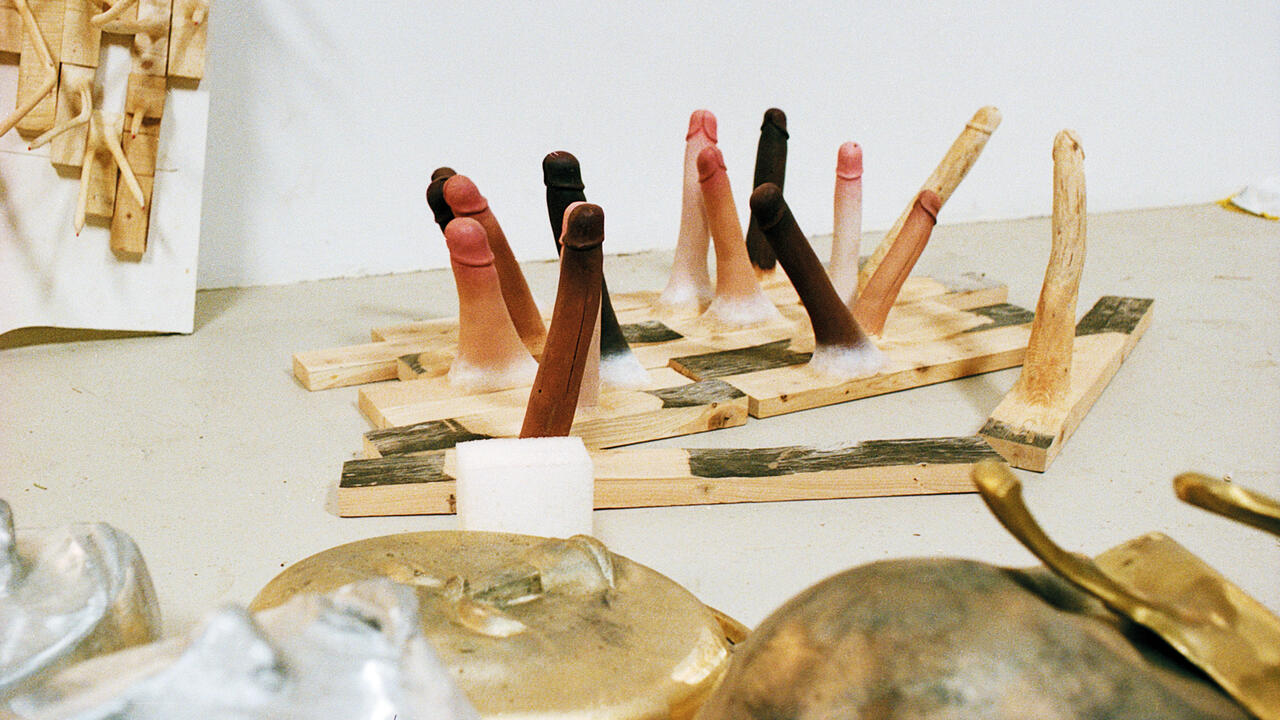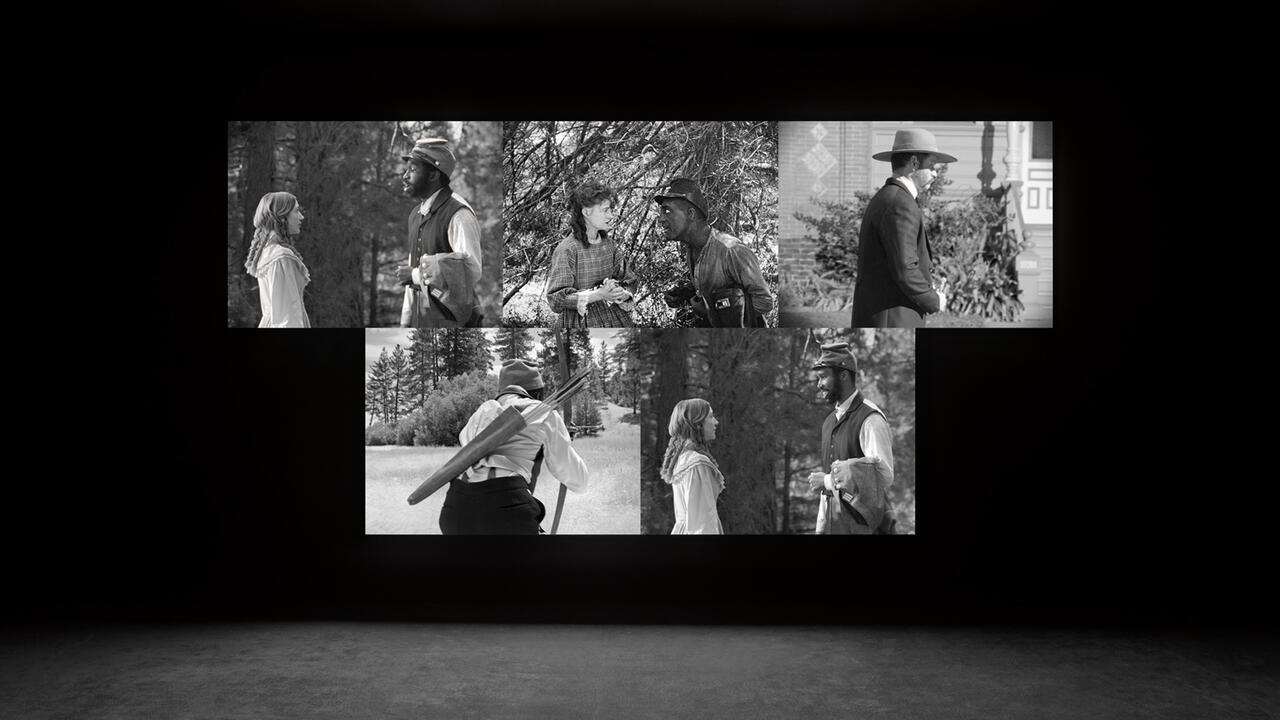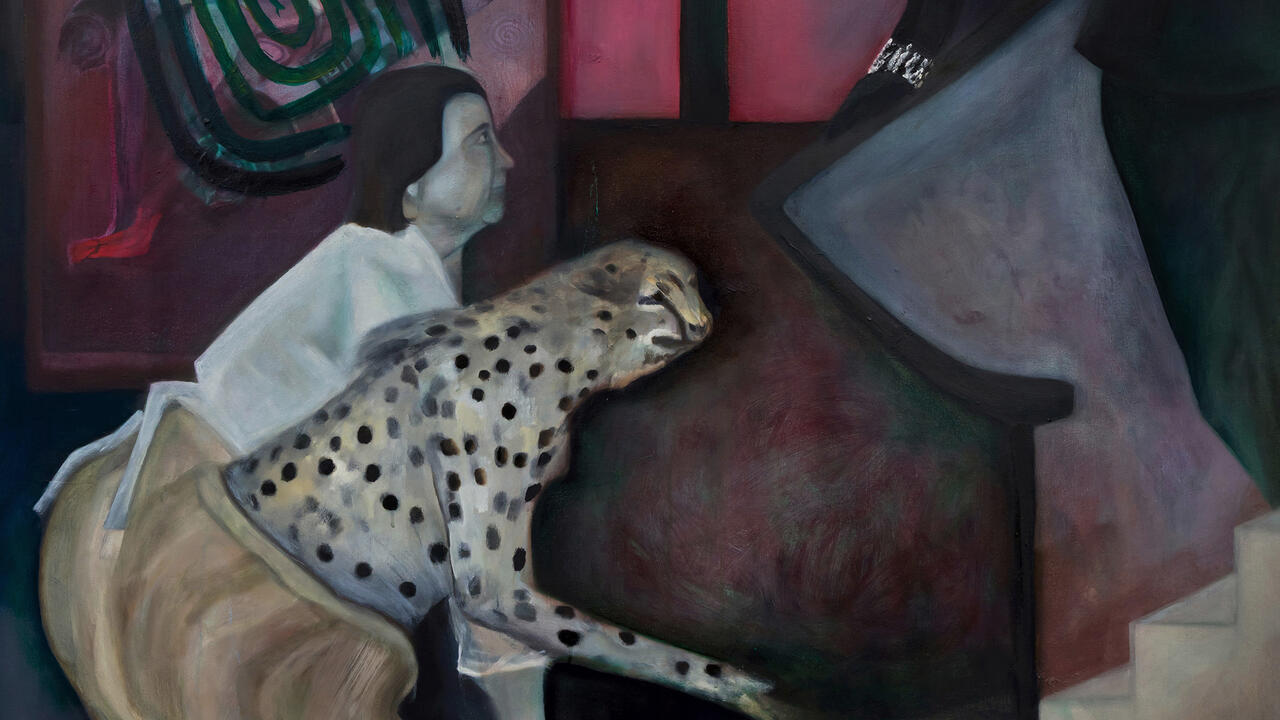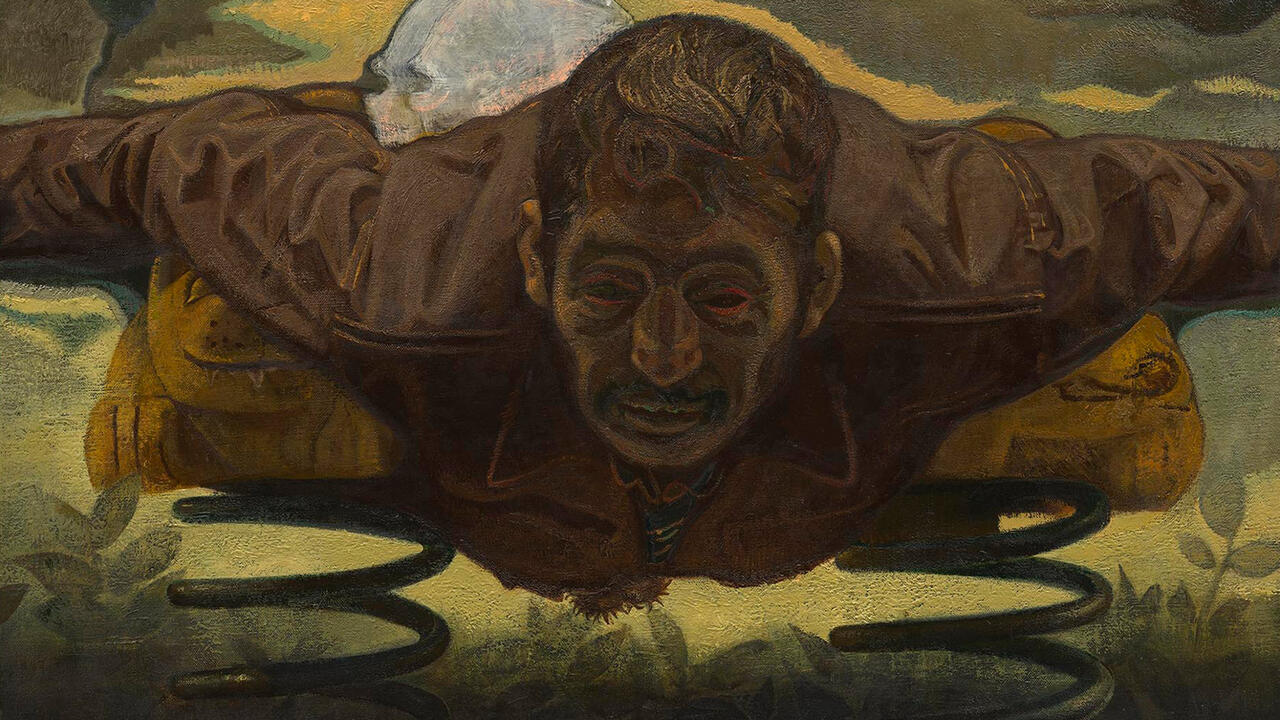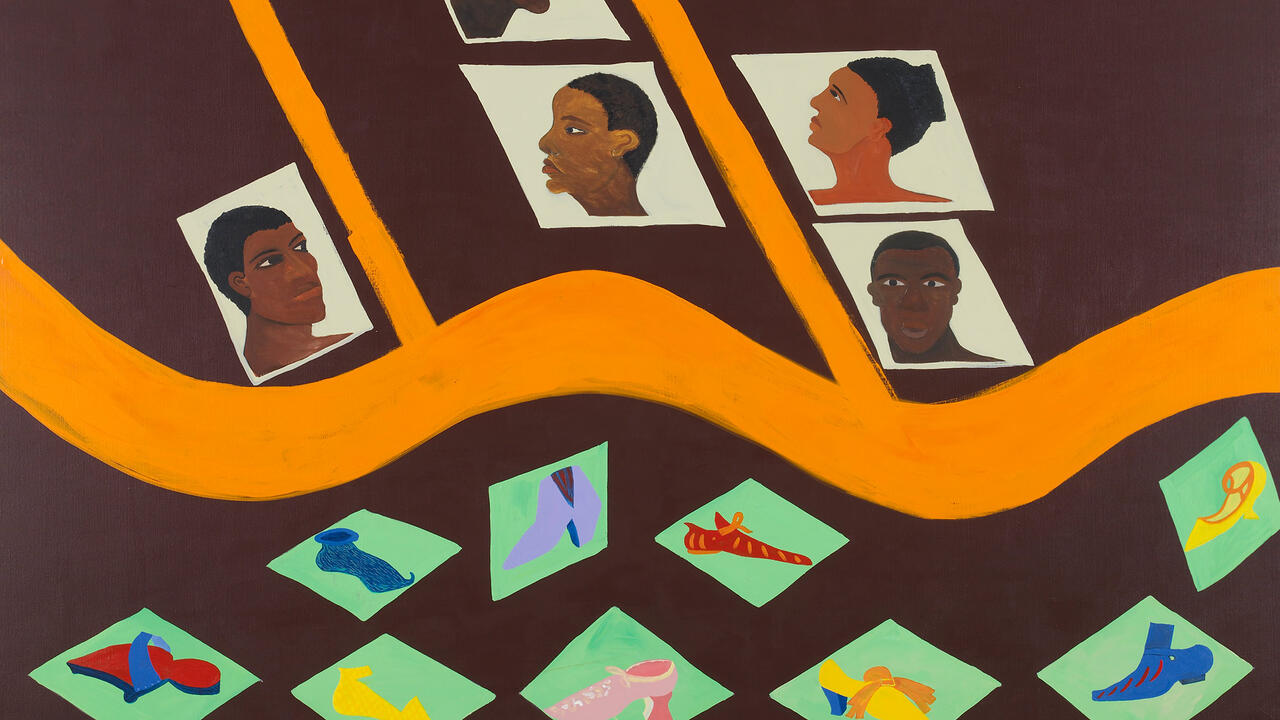Tom Wesselmann
David Zwirner, London, UK
David Zwirner, London, UK

It’s 1959 in the US and Tom Wesselmann has just graduated from Cooper Union. In a couple of years, so the hagiography goes, he’ll have a dream involving the phrase ‘red, white and blue’ and from his forehead will spring the first of the ‘Great American Nudes’ that will occupy him until 1973. A canonical component of American pop, the series features a subject Wesselmann will never fully abandon: female figures in hot-toned interiors, some with heads cropped off, some all lipstick and tanlines and nipples. In reality, this format didn’t arrive quite so easily, as is demonstrated by David Zwirner’s winsome archival show spanning 1959–64, featuring 30 small, low-key collages, almost all sealed in shallow Perspex boxes, and four big paintings. The graphic punch of the full-blown ‘Nudes’ even now distracts from how rooted in art history and diligent transformation they are.‘Collages 1959–64’, conversely, suggests they represented the logical answer to a preliminary question: how to take those key classical iconographies – the nude, the still life and the landscape – and forge a truly American take on them.
At the time of Portrait Collage #1 (1959), the show’s opener, Wesselmann’s maximalist conclusion was some distance away. With its pensive, clothed, blonde female figure sitting in a room and its downbeat tertiary tones, this modest work aligns cubist collage techniques, Pierre Bonnard-like intimism and a lot of cute gaming with levels of reality. The figure, against a flowery wallpaper backdrop, is partly painted and partly composed of pink construction paper, a collaged reproduction of a rose in her hair. On one side of her is an ‘artwork’, a varnish-preserved leaf in a frame; on the other, a Mexican cigarillo packet for a poster. Later, rectangular photographic reproductions of landscapes will serve as windows.
The nudes Wesselmann began painting in 1959, such as San Francisco Nude with Green Wall, have a fleshy bulge to their contours that will fall away, but not before the artist will get Edgar Degas and, again, Bonnard out of his system via images of women undressing and pulling on stockings. Yet there is something insistently 20th-century about these works: witness, alongside a Willem de Kooning-esque smudging of charcoal into flesh tone, the printed honeycomb floor pattern and plastic fish in Judy Putting on Stockings, Red Fish on Table (1960). In 1961, Wesselmann has his breakthrough, visible in Little Great American Nude #1, with its brash red, white and blue palette, its brutal photography-indebted cropping. The show winds through four variations on this – their throbbing reds denoting another European modernist influence, Henri Matisse – before arriving at a witty pair of collages. In Little Still Life #1 (1962), Wesselmann nestles a bottle of Plymouth gin between vessels of Cinzano and Campari, unambiguously signalling the disembarkation site of the Mayflower.
And then there’s a bit of theatre, as the show upstairs bursts into high-kicking large scale. Great American Nude #1 (1961) is here; so is one still life with a red, white and blue chair, beefsteaks and Ballantine’s, and a second painted directly on a billboard, Benday-dot-printed apples in a salmon-coloured fruit bowl sitting alongside a diner-style saltshaker shaped like a grenade. By now, inevitably, the vestiges of continental Europe are neon-bright. The 1961 nude is pink like rare steak and faceless, reclining against pasted-on stars; but the curtain in her room, with its vertical striping, offers a reversed French tricolour. I gazed at this pungent Mad Men-era artefact awhile and then drifted back downstairs, looking for the point when Wesselmann was still painting human beings. But – and this is part of his vivid, icy achievement – he never really did.









